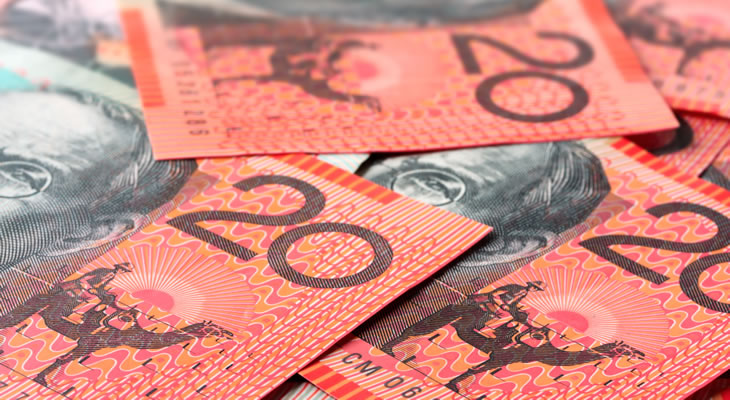Pound to Australian Dollar Exchange Rate Traders Anticipate Australian Inflation Data
Amid a lack of fresh influential data on Tuesday morning, the Pound to Australian Dollar (GBP/AUD) exchange rate trended within a tight range near Monday’s lows.
On Monday, GBP/AUD slipped from the week’s opening level of 1.7446 to near a low of 1.7356 and the pair trended near the level of 1.7385 on Tuesday.
Investors have been hesitant to make any big moves on the Pound to Australian Dollar exchange rate in anticipation of influential news expected in the coming days.
Markets are hoping for political developments in Britain to clear up the latest Brexit concerns and Australia’s Q4 Consumer Price Index (CPI) results due during Wednesday’s Asian session.
Pound (GBP) Exchange Rates Weakened by Brexit Uncertainties
Since markets opened this week, investors have had less of an appetite for the Pound, largely due to political uncertainties surrounding the Brexit process.
Reports have suggested that UK Prime Minister Theresa May is under pressure to have her UK government pick a side in the Conservative Party’s Brexit divisions.
According to alleged sources from Downing Street, if May does not clarify which kind of Brexit the UK government will seek, she could face a potential no-confidence vote from the Party.
According to Martin Arnold from ETF Securities;
‘There’s been a little bit of profit-taking after the strong movements we have seen recently. Sterling positions are starting to become stretched’
After weeks of the Pound being supported by ‘soft Brexit’ hopes, the latest backlash from ‘hard Brexit’ supporters in the Conservative Party has worsened market uncertainty and investors have taken profit from the recent Pound highs.
Sterling has also failed to find any support in the latest UK ecostats. Tuesday saw the publication of Britain’s latest mortgage approvals which fell below forecasts, while UK consumer credit was higher than expected in December.
Australian Dollar (AUD) Outlook Unaffected by Recent Domestic Data
NAB published its Australian business confidence survey from December during Tuesday’s Asian session, but it had no notable impact on Australian Dollar trade.
The business confidence stat was forecast to rise from 6 to 12, but instead only climbed from a revised 7 to 11.
Australian Dollar movement has also been limited by news of weaker iron ore prices in recent sessions. As iron ore is Australia’s most lucrative commodity, the weaker iron ore prices have weighed on the commodity-correlated ‘Aussie’.
Pound to Australian Dollar (GBP/AUD) Forecast: Australian Inflation in Focus
Sterling is likely to remain limited by UK political news and Brexit developments in the coming days, unless upcoming UK data is particularly surprising to investors.
GfK’s January UK consumer confidence survey is currently expected to publish on Wednesday and Markit’s manufacturing and construction PMIs from January will be published towards the end of the week.
The Australian Dollar could drive GBP/AUD movement in the coming days instead however, especially if the Q4 Australian Consumer Price Index (CPI) report surprises investors or market risk-sentiment is impacted by US news.
If Australian inflation comes in higher than expected during Wednesday’s Asian session, the Australian Dollar outlook will rise as investors will speculate that Australia’s economy could withstand a rate hike from the Reserve Bank of Australia (RBA) sooner than expected.
Lower than forecast inflation would have the opposite effect of course, and could help the Pound to Australian Dollar (GBP/AUD) exchange rate to advance instead.
The outlook for risky currencies like the Australian Dollar also has the potential to be influenced by the Federal Reserve’s January policy decision, during Wednesday’s American session.


Comments are closed.